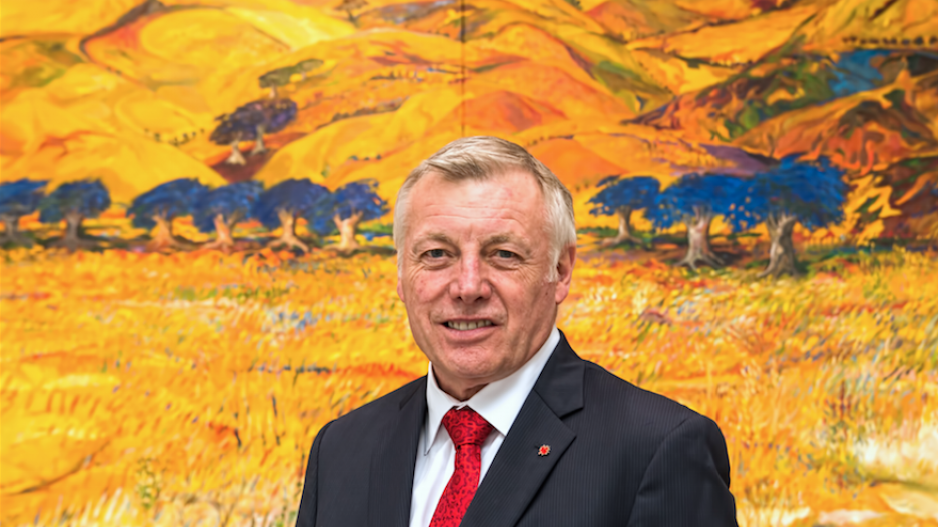Rare is a Vancouver-to-Seattle road trip without a traffic jam, at least prior to the pandemic.
But ahead of any return to open borders, two separate initiatives aim to ensure data travelling along the information superhighway between the two cities isn’t stalled by any bandwidth bottlenecks.
Late last month Colorado-based Zayo Group Holdings Inc. revealed plans to expand its fibre optic infrastructure between Vancouver and Seattle.
The route is the primary fibre path linking Canada and the U.S. along the West Coast.
“We’ve got customers that are interested in the additional capacity. But I think beyond that, we believe that Vancouver is kind of becoming more and more of a tech hotbed,” said Dennis Kyle, a senior vice-president of sales at Zayo.
“We believe that there will be ample future business as a result of the ongoing technical development in Vancouver.”
In February alone, B.C. added 7,400 jobs in professional, scientific and technical services as parts of the economy rebounded sharply following the initial uncertainty brought on by the pandemic.
Meanwhile, Vancouver has added 27,500 highly sought-after tech workers to its labour pool over the past five years, according to November 2020 research from real estate services firm CBRE Group Inc.
That figure is second only to the gain for Toronto – which added 66,900 tech jobs between 2014 and 2019 – and represents a 47.9% surge over five years.
The city now boasts a pool of 84,900 tech workers at its disposal, which is proving to be a draw for Microsoft Corp. (Nasdaq:MSFT) and Amazon.com Inc. (Nasdaq:AMZN) – the two largest occupiers of downtown real estate, according to CBRE.
Microsoft also announced last month it was adding 500 jobs to its Vancouver office, bringing the tech giant’s total head count to 1,700 based in the city.
As a result of broader growth in the tech sector, Kyle said fibre capacity would soon be facing major bottlenecks without significant expansion.
He estimated that Zayo’s plans, which also include a network upgrade to 100 gigabytes capacity for faster speeds along the Vancouver-Seattle route, amount to a tripling or even quadrupling of the company’s fibre capacity.
“You have so many lanes on a freeway,” Kyle said, comparing fibre capacity to transportation networks. “Up to a certain point, you can always get everyone to drive faster and you can get more traffic through. But at some point, it makes sense to expand the number of lanes on the freeway.”
Zayo’s expansion is expected to be completed by mid-2022 as workers on both sides of the border get to work laying more fibre along the existing route – or what’s known in the industry as an “over-pull.”
Another proposed plan to expand fibre capacity along the same corridor would see a Vancouver company taking the lead in a $60 million project.
Cascadia Gateway Corp. announced in March it has entered into a construction and financing relationship with Houston-based Quanta Capital Solutions Inc. that would connect Vancouver and Seattle in what the company describes as the largest independently owned network built between the two cities.
Ken Thorpe, the CEO and managing partner of the Cascadia project, said the network represents the beginning of “explosive and collaborative” growth between Vancouver and Seattle.
Shovels were expected to be in the ground by late 2019, but construction is now set to begin around this coming summer and be completed by the early third quarter of 2022.
Zayo did not divulge how much its fibre expansion plans would cost, however Kyle said the company was investing a “significant amount.”
“But I would suggest the economics of building a brand-new route versus over-pulling an existing route … are different.”




